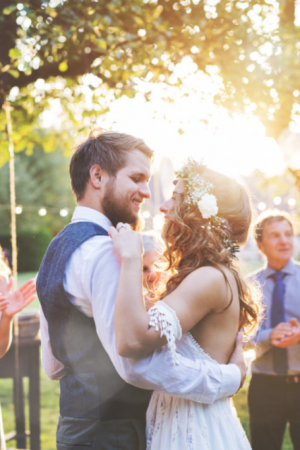A Brief History Of Hair – And What We’ve Done With It
From the barest bob to the frizziest ‘fro, Luke Rix-Standing breaks down the many decades of daring ‘dos.
17 January 2019

All Credits: PA
Hair occupies a unique place in the pantheon of fashion. T-shirts can be exchanged for shirts, jumpers shelved for jackets, and an ill-fitting pair of jeans taken back to the shop and switched, but there’s no getting away from a bad haircut. One simple misstep – “Let’s try a buzz cut, why not?” – can result in months of shame.
If you choose to do nothing with your hair it sits there unkempt, gleefully informing the world of your inaction. You can shave it all off, but that too is a “hairstyle” – and a statement one at that. You can cover it with a hat, but tufts may protrude guiltily around the back and sides, and you risk the dreaded ‘hat hair’ upon removal.
Although technically the history of hair goes back at least seven million years (and some stone age styles saw revivals in the 1970s), we’re going to confine ourselves to the last century or so.
We teamed up with the British Hairdressing Awards to showcase the best and brightest in cranial style. Here are a few of the barmiest barnets to have challenged barbers, horrified parents, and defined the decades…
The Bob – Subtle Subversion; Serious Style
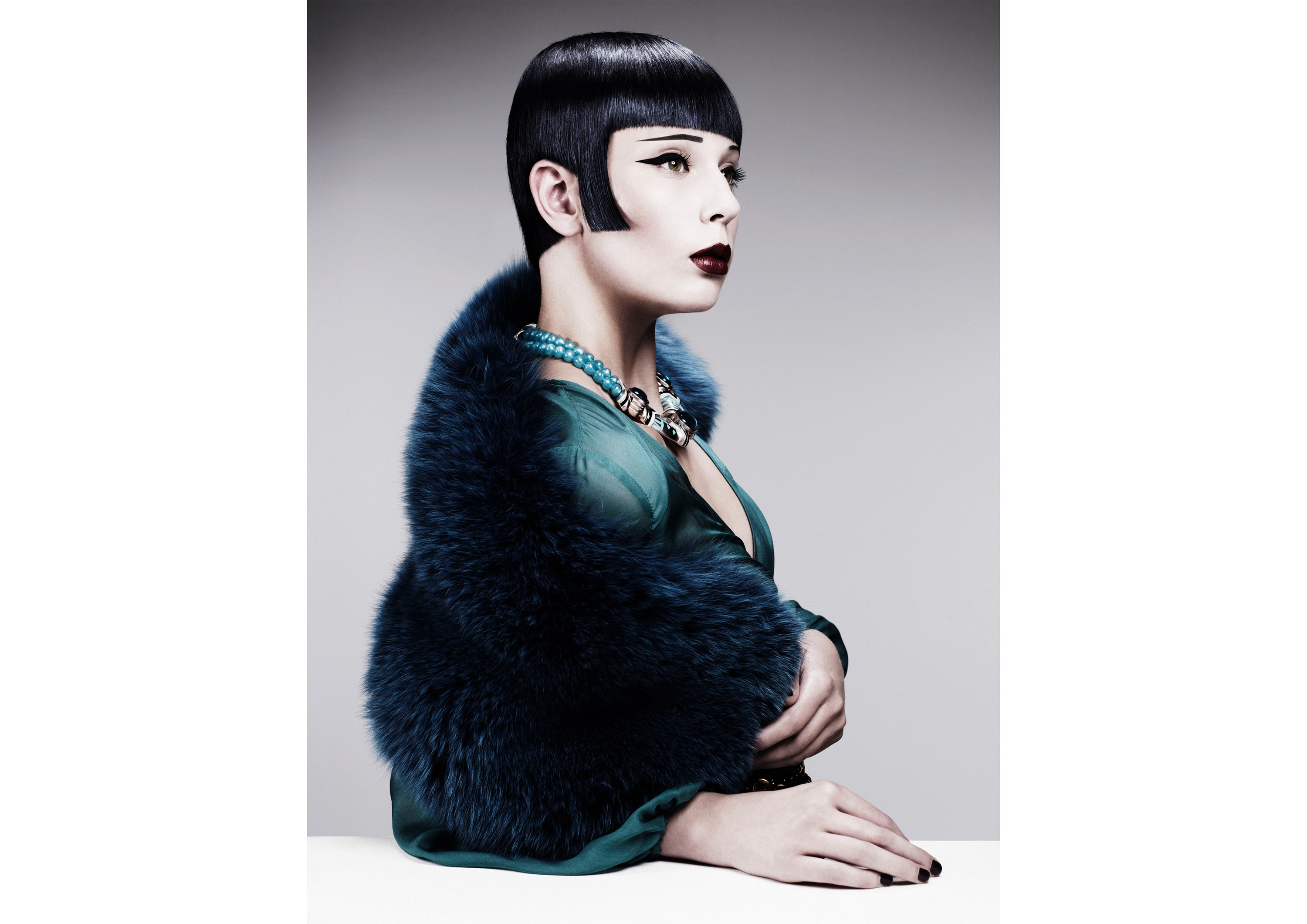
This beauteous bob was crafted by HOB Salons hairdresser Akin Konizi (Akin Konizi/PA)
Perhaps the most varied of all our featured cuts, the ‘bob’ can cover anything from the dreaded ‘pudding bowl’ to the carefully coiffured bob-with-bangs popularised by Taylor Swift. An enduring do, bobs were causing trouble long before Swift walked in – on the heads of the rebellious ‘flapper’ girls of the 1920s. Early twentieth-century femininity expected women to wear their hair long – so much so that one angry father in Paris reported his daughter’s hairdresser to the police for shearing her hair without his permission.
By the 1960s the scandal had faded, and the bob was reborn in the capable hands of Vidal Sassoon. His short, straight-edged style still finds favour on the high street today.
The Beehive – Size Matters

2017 British Hairdresser of the Year Sally Brooks’ modern masterpiece pays homage to the beehives of yore (Sally Brooks/PA)
Ever since hovering atop the scalp of sex-symbol-in-chief Brigitte Bardot, the big, bad beehive has been up there with the most iconic looks of our times. A product of the 1960s and the invention of commercially available hairspray, this powerful cut gave the wearer a good three or four inches extra in height.
It’s been a big hit with musicians: Over the years The Ronettes, Dusty Springfield, and more recently Amy Winehouse and Adele, have all made the beehive their own.
The Afro – Hairstyle, Symbol, Movement
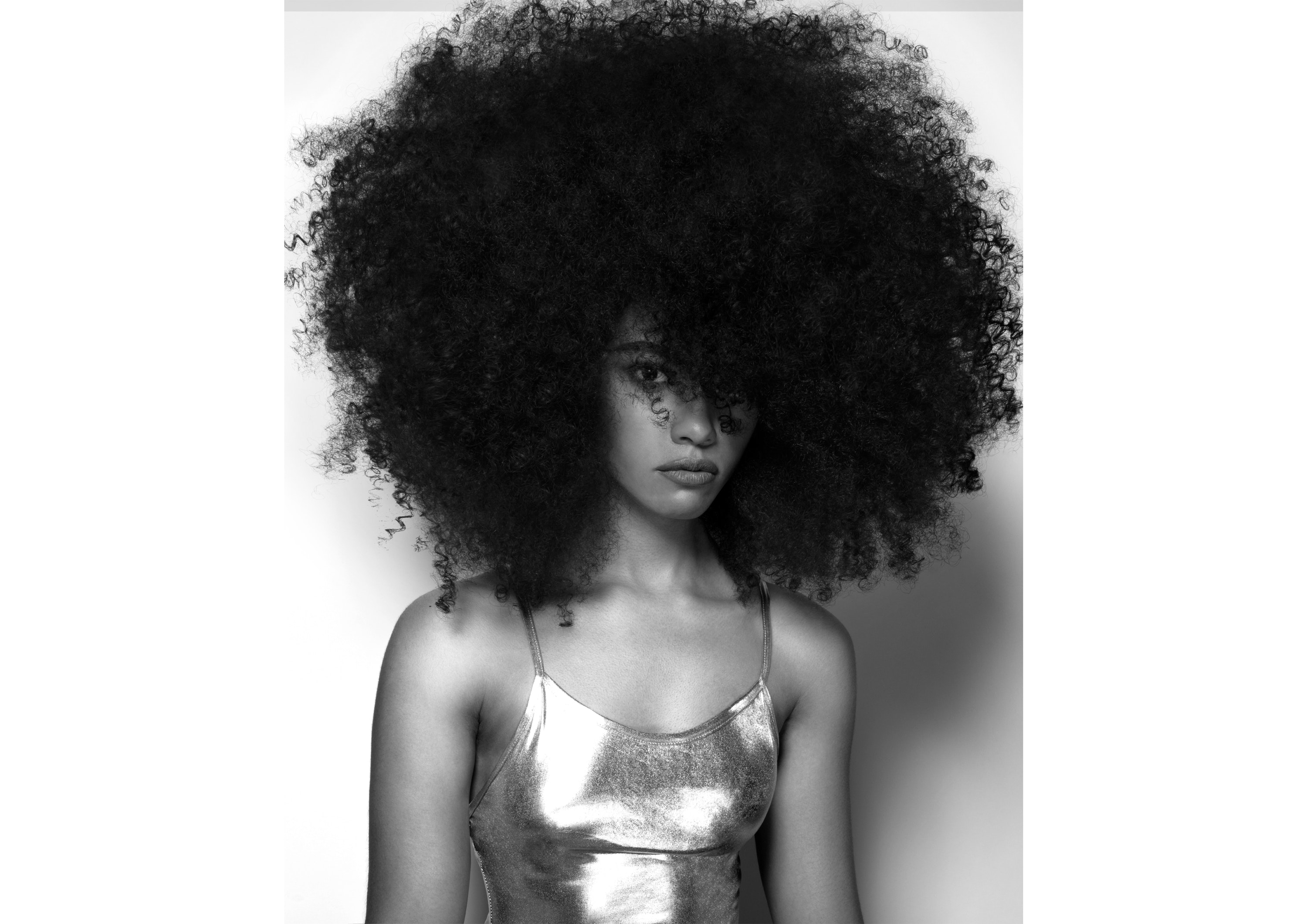
2017 Afro Hairdresser of the Year finalist Andrew Grant choreographed this magnificent style (Andrew Grant/PA)
This deeply political cut was widely worn by the Black Is Beautiful movement throughout the Sixties and Seventies. Activists Angela Davis and Pam Grier set the standard, before it was picked up by pop icons like Gloria Gaynor and a young Michael Jackson.
The afro resisted chemical treatments and straightening techniques designed to bring it in line with Western beauty standards, as well as the tuts of mainstream society, to become a symbol of pride, rebellion, and empowerment.
The Perm – Working It In The Workplace
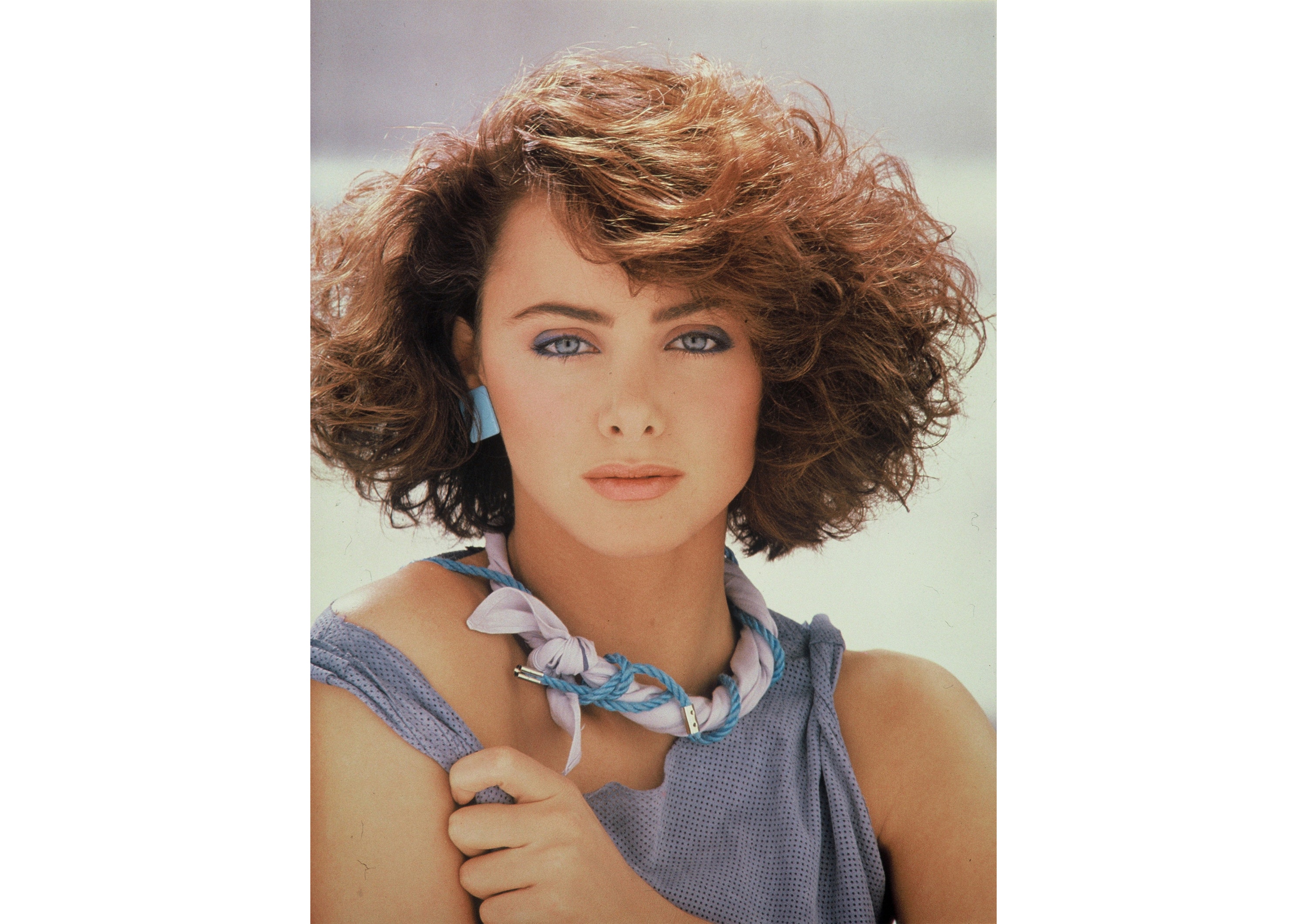
A throwback ‘do by Trevor Sorbie – this luscious perm became known as ‘The Scrunch’ (Trevor Sorbie/PA)
In the 1960s hair was big. In the 1970s it was bigger. But in the 1980s it had its own gravitational field and was steadily expanding on a quest to consume the solar system. Whitney Houston, Cher and Dolly Parton (“People ask how long it takes to do my hair,” the latter quipped. “I don’t know, I’m never there”), turned the powerful, unapologetic perm into a symbol for career-driven women making their own way in the world.
The Eighties reached its logical conclusion with the patented “perm mullet” (we’re looking at you, Jon Bon Jovi). We may think it looks awful now, but this monstrous mop of glam became an icon of its day.
The Pixie Cut – A Hairdo Of One’s Own
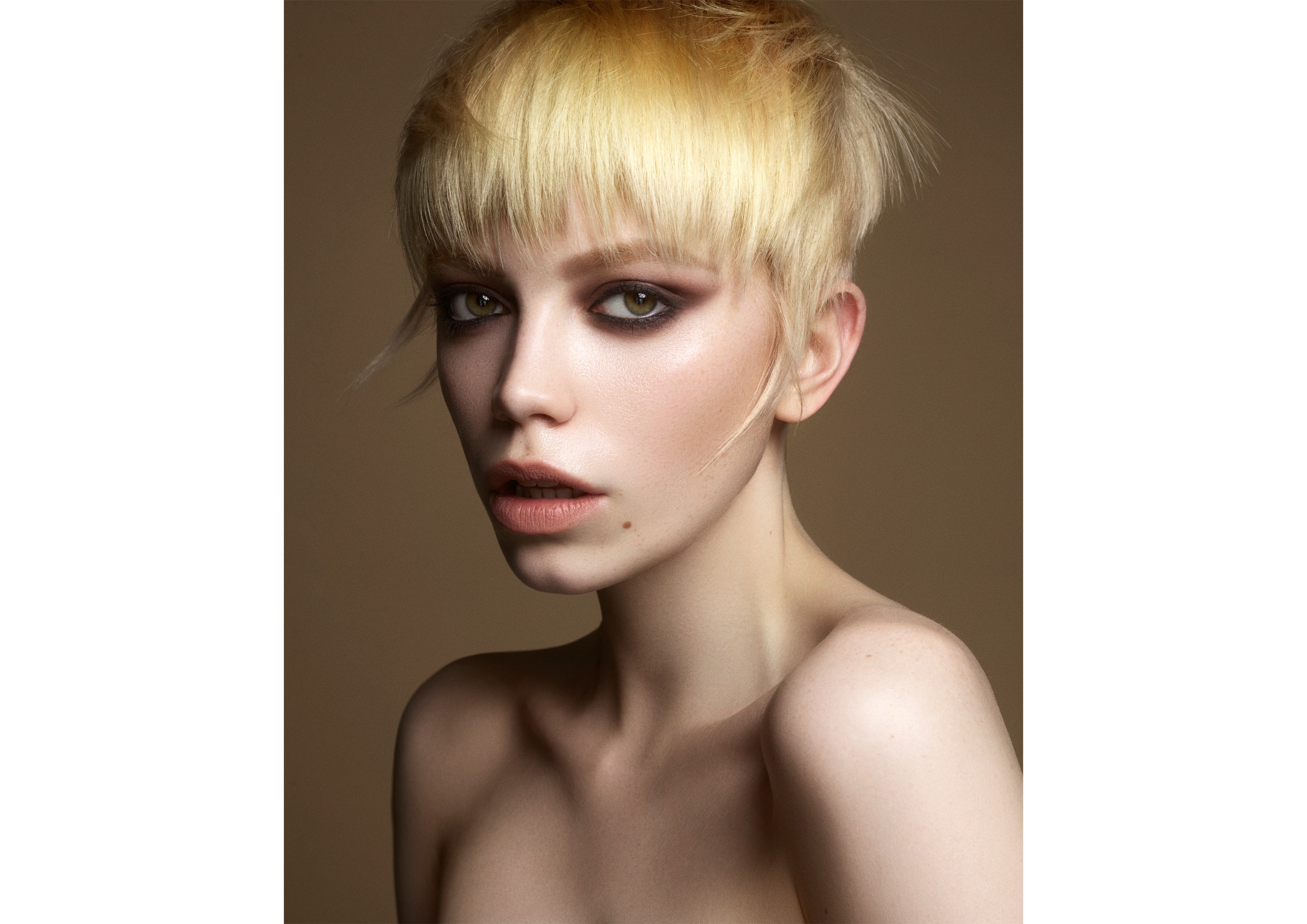
Isobel Eaton has won North Eastern Hairdresser of the Year two years running, and with snips like this we’re not surprised (Isobel Eaton/PA)
Still a statement style today, the pixie cut is popular among celebrities trying to keep their look fresh (Katy Perry and Jennifer Lawrence, to name just two). A deceptively complex cut, the perfect crop should highlight the features you want to flag and flatter those you don’t, whether slicked down or toughened up with textured waves.
Elegant, defiant, and cheekily subversive: The pixie cut draws headlines with every big debut. Who wore it best? Audrey Hepburn, obviously.
The Bouncy Blow Dry – Luxurious And Voluminous

This 2011 offering by Lisa Shepherd is poetry in motion (Lisa Shepherd/PA)
The bouncy blow dry has enjoyed a renaissance for two reasons: First, improved high street products have allowed women everywhere to get that fresh-from-the-salon look in their home bathrooms, and second, the Duchess of Cambridge. Kate’s curls are so notorious they have their own name – ‘the Chelsea blow dry’ – characterised by gloss, volume, and the illusion of near-constant movement.
Probably the premier style featured on hair-care adverts and billboards, it’s an ‘effortless’ look that’s far from effortless to put together. Big hair, do care – actually quite a lot.
















